
- Subject:
- Applied Science
- Biology
- Life Science
- Material Type:
- Module
- Author:
- Mindy Boland
- Date Added:
- 02/21/2020

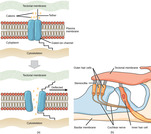
By the end of this section, you will be able to:Identify the general and special senses in humansDescribe three important steps in sensory perceptionExplain the concept of just-noticeable difference in sensory perception
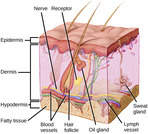
By the end of this section, you will be able to:Describe four important mechanoreceptors in human skinDescribe the topographical distribution of somatosensory receptors between glabrous and hairy skinExplain why the perception of pain is subjective
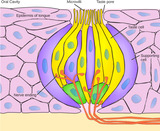
By the end of this section, you will be able to:Explain in what way smell and taste stimuli differ from other sensory stimuliIdentify the five primary tastes that can be distinguished by humansExplain in anatomical terms why a dog’s sense of smell is more acute than a human’s
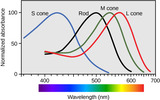
By the end of this section, you will be able to:Explain how electromagnetic waves differs from sound wavesTrace the path of light through the eye to the point of the optic nerveExplain tonic activity as it is manifested in photoreceptors in the retina

By the end of this section, you will be able to:Describe the various types of body plans that occur in animalsDescribe limits on animal size and shapeRelate bioenergetics to body size, levels of activity, and the environment
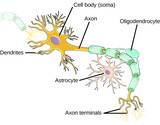
By the end of this section, you will be able to:Describe epithelial tissuesDiscuss the different types of connective tissues in animalsDescribe three types of muscle tissuesDescribe nervous tissue

By the end of this section, you will be able to:Define homeostasisDescribe the factors affecting homeostasisDiscuss positive and negative feedback mechanisms used in homeostasisDescribe thermoregulation of endothermic and ectothermic animals
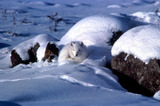

By the end of this section, you will be able to:Describe the system of blood flow through the bodyDescribe how blood pressure is regulated

By the end of this section, you will be able to:List the basic components of the bloodCompare red and white blood cellsDescribe blood plasma and serum

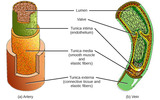
By the end of this section, you will be able to:Describe the structure of the heart and explain how cardiac muscle is different from other musclesDescribe the cardiac cycleExplain the structure of arteries, veins, and capillaries, and how blood flows through the body

By the end of this section, you will be able to:Describe an open and closed circulatory systemDescribe interstitial fluid and hemolymphCompare and contrast the organization and evolution of the vertebrate circulatory system.
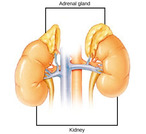
By the end of this section, you will be able to:Describe the role of different glands in the endocrine systemExplain how the different glands work together to maintain homeostasis

By the end of this section, you will be able to:Explain how hormones workDiscuss the role of different types of hormone receptors

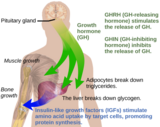
By the end of this section, you will be able to:Explain how hormones regulate the excretory systemDiscuss the role of hormones in the reproductive systemDescribe how hormones regulate metabolismExplain the role of hormones in different diseases

By the end of this section, you will be able to:Explain how hormone production is regulatedDiscuss the different stimuli that control hormone levels in the body

By the end of this section, you will be able to:List the different types of hormonesExplain their role in maintaining homeostasis